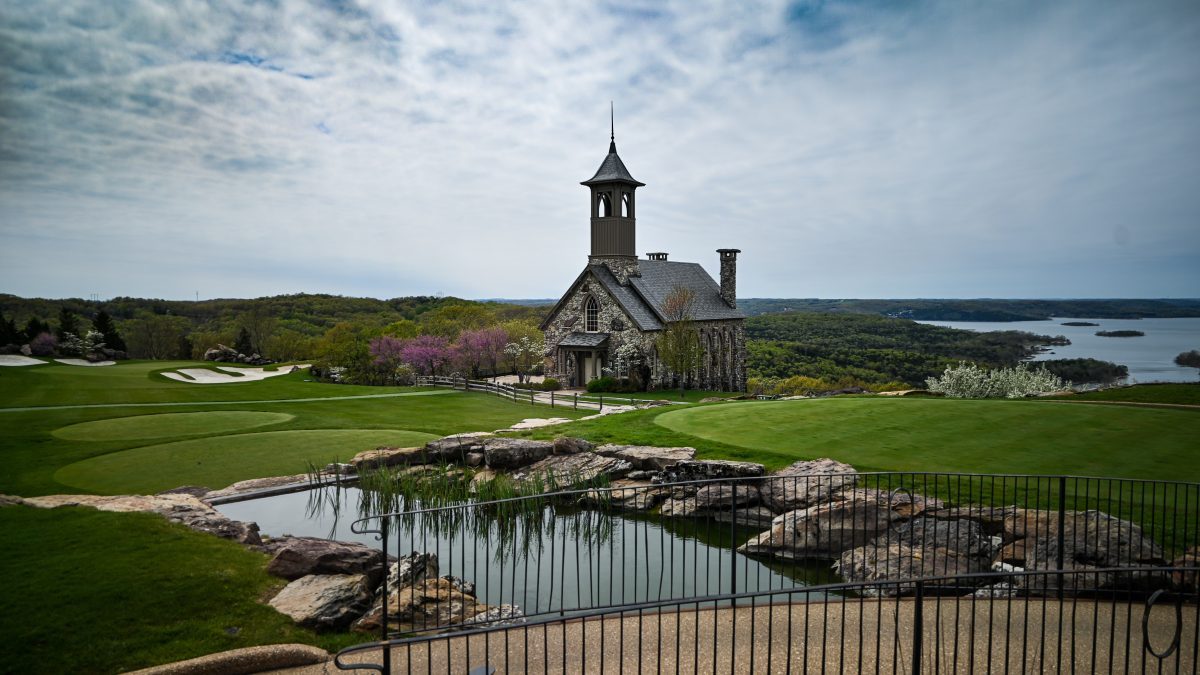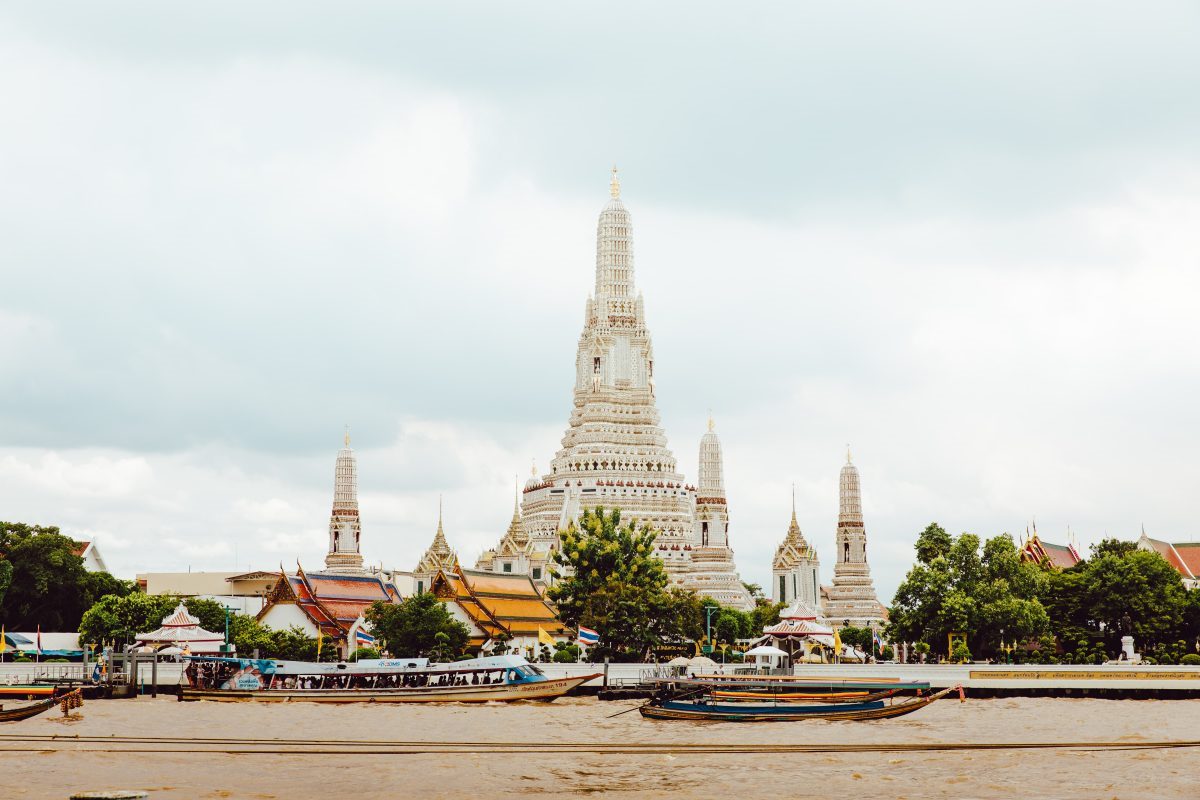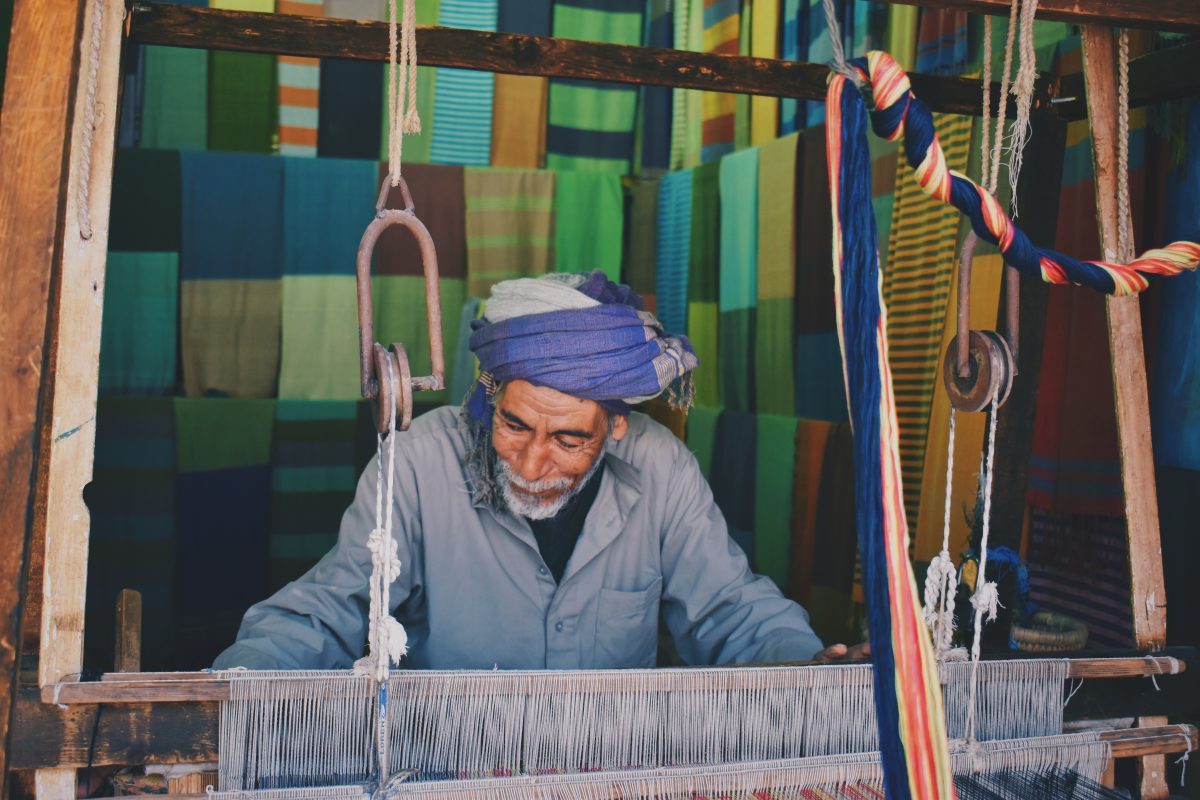How to Plan Your Salvador Cooking Experience With a Local
Salvador is Brazil’s vibrant city known for its beaches, colonial architecture, and well-preserved history. But another thing that Salvador is famous for is its cuisine. Salvador’s cuisine is an eclectic blend of African, European, and Indigenous influences that creates a unique gastronomic experience. What’s better than learning how to prepare and cook some Afro-Brazilian food in Salvador with a local family? This Salvador Cooking Experience tour offers you the chance to do just that! Here’s everything you need to know to plan your unforgettable cooking adventure.The Experience
This tour is a hands-on experience that enables you to learn about the different types of produce used in traditional Salvador dishes, prepare a meal according to Afro-Brazilian traditions, and end the day enjoying a meal with the local family. There is no better way to experience Salvador’s cuisine than by cooking it yourself with a local guide.Highlights
- Get ready to select your produce at the local markets of Salvador.
- Learn how to prepare a meal according to Afro-Brazilian traditions, including a fish stew (moqueca).
- Learn how to prepare Brazil’s national cocktail (caipirinha).
- Enjoy the intimacy of a small group of maximum 6 people, ensuring a personalized experience.
Full Description
The tour begins with a visit to a local seafood market with your local guide. Here, you’ll learn about the different types of fish used in Afro-Brazilian cuisine and how to select the best fish for the fish stew you’ll be cooking. Next stop will be at another local market where you’ll pick up some fresh vegetables along with some traditional Afro-Brazilian ingredients like coconut milk and dendê oil (a locally used palm oil). After picking up all of your ingredients, you’ll head back to the local family’s house to begin your cooking class. Under the guidance of a local cook, you’ll prepare a fish stew (moqueca) with fresh seafood and vegetables seasoned with traditional spices, herbs, and coconut milk. During this hands-on experience, you’ll learn about the history and culture of Afro-Brazilian cuisine and the importance of the ingredients used. You’ll also learn how to prepare Brazil’s national cocktail, caipirinha, a mix of lime, sugar, and cachaça (Brazilian rum). Once you’re done cooking, sit down with your fellow travelers and the local family to enjoy a delicious lunch of your own making.How to Book the Tour
You can book this Salvador Cooking Experience with a Local tour on GetYourGuide.com by clicking here. This tour includes an English-speaking guide, all necessary ingredients for cooking, and a delicious meal made by you.The Bottom Line
Trying local cuisine is a must-do for any traveler, and learning to cook it yourself makes for an even more authentic experience. This is a great opportunity to enjoy the local Salvadoran culture and cuisine by interacting with a local family who welcomes you into their home. Don’t pass up on this experience!
FAQ About Salvador Brazil
Salvador is a vibrant city in Brazil, with a rich history and culture. It is a popular tourist spot, but visitors may have many questions about the city before they arrive. Here are some frequently asked questions about Salvador Brazil.1. What is the weather like in Salvador Brazil?
Salvador has a tropical climate, meaning that it is warm all year round. Temperatures typically range from 25 to 30 degrees Celsius. The rainy season is from April to July, but even then it usually only rains for short periods of time.2. What is the best time of year to visit Salvador?
The best time to visit Salvador depends on what you want to do. If you want to avoid the crowds, the best time to visit is during the shoulder seasons of April to June and August to November. If you want to experience the city’s carnival, which is one of the largest in the world, you should plan to visit in February.3. What are the top attractions in Salvador Brazil?
There are many attractions in Salvador Brazil. Some of the most popular ones include: – Pelourinho – the historic center of Salvador – Elevador Lacerda – a famous elevator that connects the upper and lower parts of the city – Farol da Barra – a lighthouse and beach area – Mercado Modelo – a large indoor market – Museu Afro-Brasileiro – a museum showcasing Afro-Brazilian culture4. Is Salvador Brazil safe?
While Salvador has a higher crime rate than other cities in Brazil, it is still considered safe for tourists. Visitors should take common sense precautions such as avoiding walking alone at night and keeping their valuables secure.5. What is the currency used in Salvador Brazil?
The currency used in Brazil is the Brazilian real. Visitors can exchange their currency at banks and exchange offices throughout the city.6. What is the food like in Salvador Brazil?
Salvador is known for its delicious cuisine, which is a blend of African, Portuguese, and indigenous flavors. Some popular dishes to try include acarajé (a fried bean fritter), moqueca (a seafood stew), and feijoada (a bean and meat stew).7. What language do they speak in Salvador Brazil?
The official language of Brazil is Portuguese. However, many people in Salvador also speak English, particularly those in the tourism industry.8. Can I drink the water in Salvador Brazil?
It is not recommended to drink the tap water in Salvador Brazil. Visitors should stick to bottled water, which is widely available.9. What is the best way to get around Salvador?
There are several ways to get around Salvador. The most popular options include: – Taxis – taxis are widely available throughout the city – Buses – public buses are cheap and frequent, but can be crowded – Metro – Salvador has a metro system that connects some parts of the city – Walking – many of Salvador’s attractions are located in the historic center, which can easily be explored on foot10. Do I need a visa to visit Salvador Brazil?
Visitors from many countries, including the United States, Canada, and Australia, do not need a visa to visit Brazil for up to 90 days. However, it is recommended to check with the Brazilian embassy or consulate in your country to confirm whether or not you need a visa.Book Your Tour Now
Salvador Brazil is a beautiful and vibrant city with a lot to offer visitors. By understanding some of the basics of the city, visitors can have a safe and enjoyable trip. Remember to stay aware of your surroundings and to take precautions to keep your belongings safe. With its rich history, delicious food, and beautiful sights, Salvador Brazil is definitely worth a visit.
How to Spend Your Time as a Tourist in Salvador Brazil
Salvador, the capital city of the state of Bahia, Brazil, is a delightful mixture of colonial architecture, Afro-Brazilian culture, and beautiful beaches. It is a place where you can learn about history, dance to the beats of samba, and savor the exotic Bahian cuisine. Here are some suggestions for spending your time as a tourist in Salvador Brazil.1. Visit Pelourinho
Pelourinho, a UNESCO World Heritage Site, is the heart of Salvador’s historical center. It is an enclave of well-restored colonial buildings, churches, and museums, reflecting the city’s rich cultural heritage. Wander the cobbled streets, admire the colorful facades, and take in the vibrant atmosphere. You can also visit the Afro-Brazilian Museum, the Museum of Sacred Art, or watch a Capoeira show.2. Explore the Beaches
Salvador is well-known for its beautiful beaches. Some of the most notable ones include Porto da Barra, Itapua, and Farol da Barra. Porto da Barra is a popular spot for swimming, sunbathing, and enjoying the sunset. Itapua is famous for its lighthouse, its lively ambience with street vendors selling Bahian snacks and fried fish. Farol da Barra is another scenic spot that has one of the city’s most famous lighthouses.3. Enjoy Salvador’s Carnival
Carnival is a significant cultural event in Salvador, attracting thousands of visitors every year. The festivities feature live music, dancing, colorful costumes, street parades, and a general sense of unbridled joy. The Carnival takes place annually in February, and it is something you simply cannot miss if you’re in Salvador at that time.4. Take a Tour of Cidade Baixa
Cidade Baixa, the Lower City, is a vibrant area that is home to many authentic restaurants, shops, and markets. Take a stroll around the Mercado Modelo, the city’s most prominent handicraft market, and buy some souvenirs. Visit the Ribeira Pier to get a view of the Bay of All Saints and see the docked boats. You can also visit Bonfim Church, which is a place of worship for many Bahians.5. Indulge in Bahian Cuisine
Bahian cuisine is one of the most delicious and diverse aspects of Salvadorian culture. Enjoy seafood delicacies like Moqueca, a stew made with fish, shrimp, coconut milk, and dendê oil, Acarajé, the traditional street-food, you cannot leave Salvador without trying. Also, try Caruru, a stew made with okra and peanuts, Vatapá, a thick shrimp and peanut sauce that can be accompanied by white rice, and many other dishes.6. Attend a Religious Celebration
If you’re interested in religion and spirituality, Salvador is a place with a unique blend of Catholicism and African religions. The Festa do Senhor do Bonfim is a significant religious event that takes place in January, where the faithful gather to take part in a procession and pray to the Lord of Bonfim. Another important celebration is Yemanja’s Feast Day in February, where devotees dress in white and offer gifts to the African deity of the sea.7. Visit the Solar do Unhão
The Solar do Unhão is a colonial mansion that has been converted into a cultural center in the neighborhood of Santo Antonio. It houses some of the city’s most charming contemporary art exhibitions, and the building itself is worth admiring with its stunning location overlooking the bay. You can also enjoy a delicious meal at its onsite restaurant.8. Take a Day-Trip to Morro de São Paulo
Morro de São Paulo is an island paradise located about two hours by boat from Salvador. The island’s pristine beaches, clear waters, and relaxed atmosphere make it a must-visit destination. Swim in the natural pools, hike along the beach, or go horseback riding. You can also climb up to the lighthouse at Facho Point for a breathtaking view of the ocean.Book Your Tour Now
Salvador is a vibrant city that offers an exceptional blend of history, culture, and adventure. Whether you want to explore its colonial past, enjoy Afro-Brazilian traditions or relax on the beach, you will find many exciting things to do here. Use this guide as a starting point to help plan your visit and ensure you have an unforgettable time in Salvador Brazil.Table of Contents

